The Corpus of Hittite Divinatory Texts (HDivT)
Digital Edition and Cultural Historical Analysis
Birgit Christiansen (ed.)
Citatio: B. Christiansen (ed.), hethiter.net/: HDivT (31-07-2024)
Hittite divination practice
Similar to other ancient civilizations, the Hittites perceived certain natural events, such as astronomical phenomena, as unsolicited messages from the gods. However, unlike the people of ancient Mesopotamia, the Hittites apparently did not develop their own systematic written records of these occurrences and their meanings, which could serve as a reference for interpreting similar signs in the future. Although they collected and transmitted omen texts originating from Mesopotamia and even translated some of them into Hittite, their role in the divination practice of the Hittites remains unclear.
Instead, the textual sources available to us suggest that the Hittites commonly used oracle inquiries to find out about the will and mood of the gods. However, there were also other methods, several of which are mentioned in one of the so-called plague prayers of Muršili II to the Sun-Goddess of Arinna (CTH 376.1.A, KUB 24.3+ obv. ii 19ʹ–22ʹ and duplicates):
“Gods, whatever offense you perceive, let either a ‘man of the gods’ come and declare it, or let the ‘Old Women’, the diviners, the augurs declare it, or let a mortal see it in a dream.”
Apart from the passage quoted above and similar passages in other prayer texts, we have no information about the ‘man of the gods’. Accordingly, the type of divination he practiced remains unclear. We also have relatively scarce information about the interpretation of dreams, although several dream reports have been preserved. What we know most about are the divinatory procedures performed by the so-called ‘old women’, seers and augurs. The ‘old women’, who were also practitioners of incantation rituals, performed the KIN oracle, a type of symbol oracle whose procedure remains largely unclear. Additionally, there was another symbol oracle in which the answer from the gods to a question was inferred from the movement of a snake (or snake-like creature like an eel) and its passage past certain marks. The experts who conducted this oracle procedure remain unclear.
The seers were responsible for extispicy (or SU oracle) practiced on a sheep’s liver and other entrails and for the MUŠEN ḪURRI oracle. Similar to the KIN oracle, the procedure of the latter remains unclear. The augurs observed the flight and other behavior of birds in a field. The various experts also worked together to cross-check their results by using one or more of the other techniques.
Although the techniques differ, the oracular investigations share many similarities. Except for revelation through dreams or the so-called ‘man of gods,’ the deities addressed within the oracle inquiries did not communicate information to the oracle experts in spoken language but through non-verbal signs that had to be interpreted. In the KIN and water snake oracles, as well as in augury, these signs were the movements and interactions of certain entities (animals and/or symbols); in extispicy, they were marks on the liver and other entrails of sheep.
A characteristic of the various oracle techniques is that the experts asked the gods specific questions, which the latter answered either with a yes or a no. The procedures mostly consist of a sequence of yes/no questions, each followed by observations thought to reveal the answers of the deities. The oracles thus follow a binary logic, with the questions building on one another and moving from the more general to the specific. To bring a set of questions to a close, the gods were often asked whether all relevant points had been addressed. If this were confirmed, the experts could proceed to the next topic or conclude their inquiries. If the response were negative, the inquiry had to be continued.

